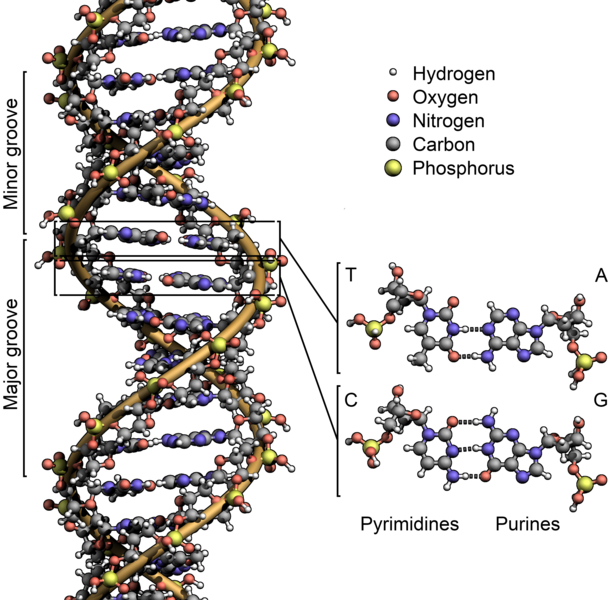The various calculation results were expressed in the form of biological properties, such as the resistance of bacteria to different antibiotic substances

Scientists at the Technion have developed and implemented an advanced molecular calculating machine of the transducer type. The molecular computer is built entirely from biological molecules, such as DNA and proteins, which are able to introduce changes in genetic codes. This unprecedented device can perform sequential calculation, that is, use the output of one calculation process as a new input for further calculations.
Furthermore, the various calculation results were expressed in the form of biological properties, such as the resistance of bacteria to different antibiotic substances. The researchers demonstrated the ability of the transducer by dividing binary numbers by 3. In addition, they performed a subsequent calculation on one of the outputs. This research was carried out by Prof. Ehud Keenan, together with the post-docs Dr. Tamar Ratner and Dr. Ron Piren from the Shulich Faculty of Chemistry, and Dr. Natasha Jonuska from the Department of Mathematics at the University of South Florida. This research is published in the prestigious journal Chemistry & Biology belonging to the Cell publishing house.
"The growing interest in biomolecular computing devices does not stem from the hope that machines of this type will have an advantage over electronic computers in calculation speed or in the efficiency of performing normal computational tasks," explains Prof. Keenan. "The main advantages of these computing devices derive from other characteristics. As can be seen from this work and other projects carried out in our laboratories, these computational systems can communicate directly with biological systems and even with living beings. The direct interface between the two worlds is made possible thanks to the fact that all the components of the biomolecular computers, including hardware, software, input and output, are biological molecules that "talk" to each other logically in a chain of programmable chemical events. The input is a molecule, which undergoes programmed changes, according to predetermined rules (software). This is to create the molecular output, which can affect biological systems."
"Our results are of great significance because this is the first time that a transducer-type synthetic biomolecular calculating machine has been implemented in the laboratory, which is capable of sequential calculation and also produces calculation results, which are presented as a new biological feature. Although the transducer presented in this work was programmed to solve a specific problem, the approach as a whole allows for a variety of programming, which can be applied to solve other problems. In addition to the improved calculation power, the transducer offers other advantages, such as the ability to read and change genetic information, the miniaturization of the calculation devices to a molecular scale, and the ability to produce calculation results that have a direct impact on living beings. Applying the computational system to genetic material can not only test and identify specific sequences, but also modify and process the genetic code. This possibility may create interesting opportunities in the field of biotechnology, including genetic therapies."

6 תגובות
This study demonstrates the importance of interdisciplinary teamwork in mathematics, chemistry, biology, nanotechnology, and computer science.
In order for us to continue to push the limits of imagination in the future, we need to invest right now in elementary education and certainly in high school by creating a multi-disciplinary educational institution. Today, chemistry is taught without any real connection to computer biology or mathematics.
I know that you Prof. Kenan see importance in education and maybe this is the opportunity to develop a unique program for high schools?
This is the beginning of the actual development of nano robots in medicine and maybe also
in agriculture and industry.
Autumn
Here is the study:
http://onlinelibrary.wiley.com/doi/10.1002/anie.201107156/abstract
What is the name of the study?
This dawn is already happening, in recent years we have already heard about several fascinating developments in this direction, for example bionic eyes that transmit signals from a camera installed in the eye, directly to the brain, implants for hearing and even bionic hands that transmit a sense of touch and touch to the brain.
Each of these inputs (which already exist in various prototype versions) can in principle be connected to any type of sensor, for example the input for the bionic eye can be an infrared camera that will allow that person to see in total darkness, the touch sensor of the bionic hand can be replaced with a power sensing sensor of a magnetic field - there is no limit to the possibilities.
I think some of the examples are shown here:
http://multimedia.huji.ac.il/video/outreach/1213/m11.html
exciting. Will this direction of research be able to yield a direct interface for the transfer of information between the human brain and external devices in the future? That is - can we finally break through the limitations of the input-output means of the human brain, which until now were only the five senses, and connect the brain directly to various sensors?